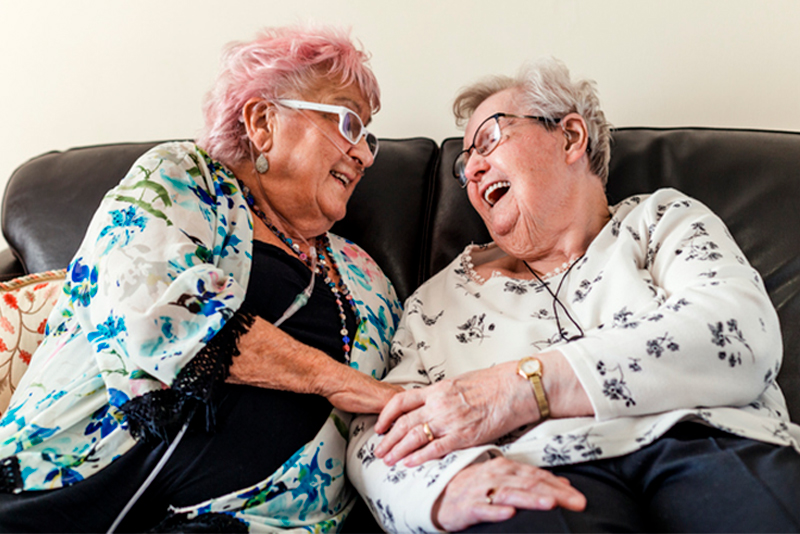
Learning what causes COPD flares is the first step to properly managing your illness.
We have all been waiting patiently for March! At last, the days are getting longer and now we can start to feel the promise of spring all around us. For someone with COPD, there’s extra reason to celebrate the changing of the seasons. Dry, cold air is among several COPD triggers, and the arrival of warm weather is, literally, a breath of fresh air.
What Causes COPD Flares?
If someone you love struggles with the challenges of COPD, you’re probably all too familiar with the exhaustion, shortness of breath, wheezing and coughing that become part of everyday life. Managing these symptoms to ensure the best possible quality of life is a must, and it starts off with being familiar with what causes COPD flares.
Along with cold temperatures, below are some additional triggers that can aggravate COPD symptoms and tips on how to overcome them.
- Hot, humid weather. This can be equally as burdensome for a person with COPD to manage as the cold, dry air. An individual with COPD should try to stay inside with air conditioning while in the dog days of summer.
- Air pollution. You may automatically imagine car exhaust fumes and smog when you think of air pollution, but this consists of all kinds of other irritants as well, such as perfume, paint, mold, pollen, pet dander, cleaning chemicals, or dust. An air purifier can be helpful, and the home must also be vacuumed and dusted regularly. Someone aside from the senior with COPD should handle these tasks, however, like a caregiver from Grace Home Care.
- Viruses. Something as innocuous as the common cold can be extremely dangerous for a person living with COPD. The best strategies to prevent infection include keeping the house sanitized, washing hands regularly, wearing a face mask, and avoiding crowded areas.
- Smoking. Smoking is something we should all stay away from, but for an individual with COPD, it’s imperative to quit or never pick up this habit. It’s equally important to stay away from secondhand smoke, too. In the event that a person with COPD is not able to quit smoking cigarettes, see the doctor for helpful recommendations.
What Are Some Techniques to Ease COPD Symptoms?
While avoiding these triggers is an excellent place to begin to make certain a person with COPD can breathe as comfortably as possible, there are also several breathing exercises which can be helpful, including:
- Pursed lip breathing. This easy exercise can help with relaxation, reducing shortness of breath, and making it easier to breathe. With the mouth closed, breathe in through the nose two counts. Purse the lips, as though blowing out a candle or whistling, and breathe out slowly through the mouth to a count of four. Repeat four to five times each day.
- Deep breathing. Deep breathing helps ease shortness of breath by preventing air from becoming trapped in the lungs. Sit or stand with the elbows slightly back and chest expanded. Breathe in deeply through the nose and hold for a count of five. Breathe out slowly and deeply through the nose until all air is released. Repeat three to four times per day.
- Diaphragmatic breathing. Strengthen the muscles of the diaphragm and abdomen by sitting or lying down and relaxing the shoulders. Position one hand on the abdomen and the other on the chest. Inhale through the nose for two seconds. Concentrate on moving the stomach more than the chest. Purse the lips and let out your breath slowly while pushing lightly on the abdomen. Repeat as able.
To get more COPD tips or to find out about how our trained and experienced in-home care providers can help improve life for somebody you love, get in touch with us any time at 785-286-2273.
